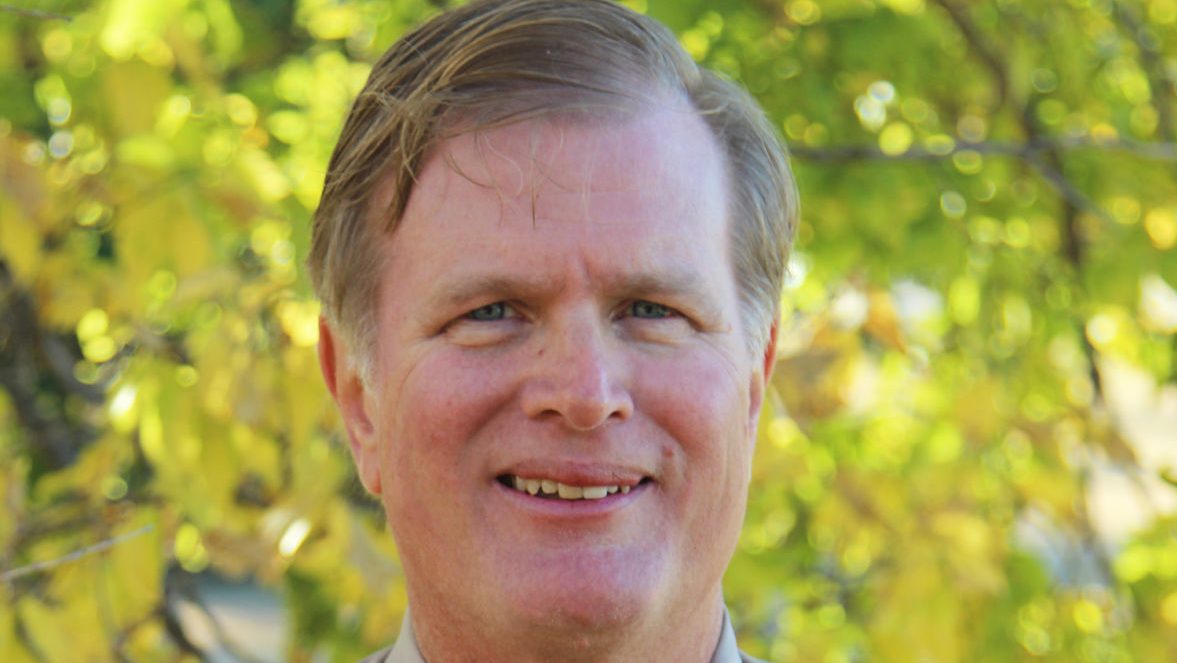Volunteerism tells a critical story at rural events

July and early August are circled on planners and calendars for many rural and farm ranch families—sometimes years in advance.
The tradition of county fairs allows 4-H and FFA students to compete with hopes of qualifying their livestock, baking, fashion, photography and many other projects for state contests. These rural-based events also center on communities. Events like rodeos, carnivals, parades, and demolition derbies all add a slice of Americana.
Events also are the base for families, friends, and classmates to gather for reunions. Rural events and activities are about the social fabric that makes living in the High Plains a great place to grow up and live. It is no wonder that people who grew up and moved many miles away still return to their hometown roots for a few days to catch up with family and friends.
Those conversations lend themselves to many smiles, reminiscing and bantering that solidifies the relationship between rural and urban cousins. We should never take for granted the value of those conversations, particularly when rural interests need to be at the top of the list.
A July 18 story by Field Editor Kylene Scott and a column by contributor Sara Wyant noted that prime agricultural land closely located to an urban region is also considered prime development land. Finding solutions to be able to keep that acreage available for food production should be a high priority before the concrete trucks change rock roads to asphalt streets.
That’s why fairs, rodeos and community festivals and events are crucial to help explain the fabric of rural life that includes the volunteer spirit. When the temperature exceeds 100 degrees Fahrenheit many rural residents and their families continue to be the first to show up to help before, during and after the event. Farmers and ranchers and agribusinessmen and women and their employees put personal projects on hold so they can help.
Also, the spirit is seen with the local municipalities and counties whose elected leaders and their staffs put in many hours, too, because they understand the importance of the rural fabric. Civic groups and other non-profit organizations turn out in droves as booth sponsors to raise greater awareness of local needs.
Rural communities and the lifeblood of volunteerism are intertwined and remain a core of what makes the High Plains a special place to live. We should never miss an opportunity to say thanks to the many men and women who often take time away from their own families and enterprises to help with community good. That thank you is a deposit in the bank of volunteerism and makes a difference as we all need to tell the story of production agriculture.
Dave Bergmeier can be reached at 620-227-1822 or [email protected].
